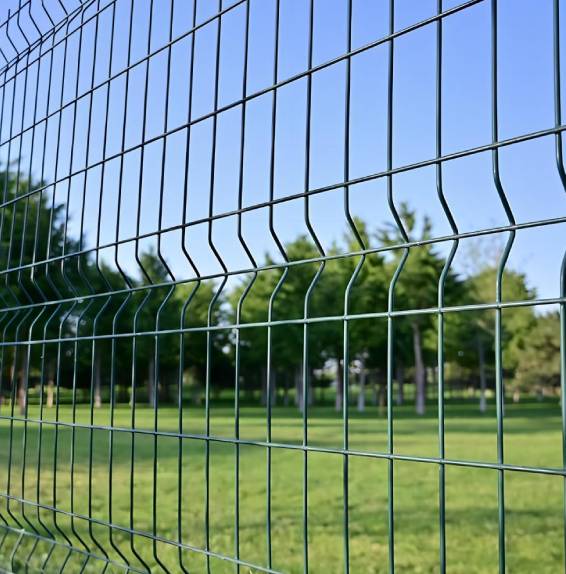Understanding Various Steel Mesh Size Specifications for Construction Projects
Understanding Steel Mesh Sizes A Comprehensive Guide
Steel mesh, often referred to as wire mesh or welded wire fabric, is an integral material used across various industries, including construction, engineering, and manufacturing. It serves numerous purposes, such as reinforcing concrete structures, providing security, or even creating decorative features. One of the crucial aspects of working with steel mesh is understanding its sizes and specifications. This article aims to provide a comprehensive guide on steel mesh sizes, their applications, and how to choose the right type for your project.
What is Steel Mesh?
Steel mesh is composed of a grid of interconnected steel wires. The wires are arranged in a pattern and welded at intersections, creating a sturdy yet flexible network. Steel mesh can come in different gauges, sizes, and spacing between the wires, making it versatile for numerous applications. The most common types include welded wire mesh, which is used for reinforcement in concrete, and chain link fences, utilized primarily for security fencing.
Various Sizes of Steel Mesh
Steel mesh sizes vary primarily in terms of wire diameter, spacing, and the overall sheet width and length. The size specifications are typically denoted by the following parameters
1. Wire Diameter This measurement is crucial as it affects the mesh’s strength and durability. Wire diameters are measured in gauge, and as a general rule, a higher gauge number indicates a thinner wire. Common diameters range from 10 gauge (0.135 inches) to 23 gauge (0.022 inches), with thicker wires providing greater strength.
2. Mesh Opening Size This measurement is the distance between the wires, impacting what can pass through the mesh. Openings can vary significantly based on the intended use, with typical sizes ranging from 1/2 inch to 6 inches. Smaller openings are often used in applications requiring finer filtration, while larger openings are suitable for drainage and roofing applications.
3. Sheet Size Steel mesh is available in different sheet sizes, typically ranging from 3 feet by 10 feet to much larger dimensions, depending on the manufacturer. The size of the sheet you choose will depend on the area you need to cover and the specific project requirements.
steel mesh sizes

4. Panel Weight The weight of the mesh is influenced by the wire diameter and the grid size. Heavier mesh panels are often more robust, making them suitable for load-bearing applications.
Choosing the Right Steel Mesh Size
Selecting the appropriate steel mesh size for your project involves understanding your specific requirements. Consider the following factors
1. Application Determine what the steel mesh will be used for—be it construction reinforcement, fencing, or filtering. Each application will have different requirements regarding the mesh size and wire diameter.
2. Load Requirements Calculate the load that the mesh will bear. For heavier loads, opt for thicker wires and smaller openings to ensure structural integrity.
3. Environmental Conditions Take into account any corrosive elements that may affect the steel mesh. If you are in a coastal area or an environment with high humidity, consider opting for galvanized or stainless steel mesh for added durability against rust and corrosion.
4. Installation Considerations Ensure that the selected mesh size is compatible with your installation methods. Some projects may require specialized tools or techniques for handling larger or heavier mesh panels.
Conclusion
Understanding steel mesh sizes is essential for anyone involved in construction, manufacturing, or design. By considering the wire diameter, mesh opening size, sheet size, and application requirements, you can select the right steel mesh to ensure safety, durability, and efficiency in your projects. Whether you are reinforcing a concrete slab or installing a fence, making informed decisions about steel mesh sizes will ultimately lead to better results and a more robust final product.
-
Space-Saving Chain Fence Hacks Vertical Gardening with Cyclone MeshNewsJul.16,2025
-
Innovations in Iron Nail Wire Production for Modern ConstructionNewsJul.16,2025
-
Creative Uses of Wire Netting Fence in Modern Landscape DesignNewsJul.16,2025
-
Barbed Wire Fence Innovations in Anti-Climb TechnologyNewsJul.16,2025
-
Architectural Uses of Umbrella Nails for Aesthetic Roof DesignsNewsJul.16,2025
-
Architectural Uses of Razor Barbed Wire in Secure Urban DesignNewsJul.16,2025




